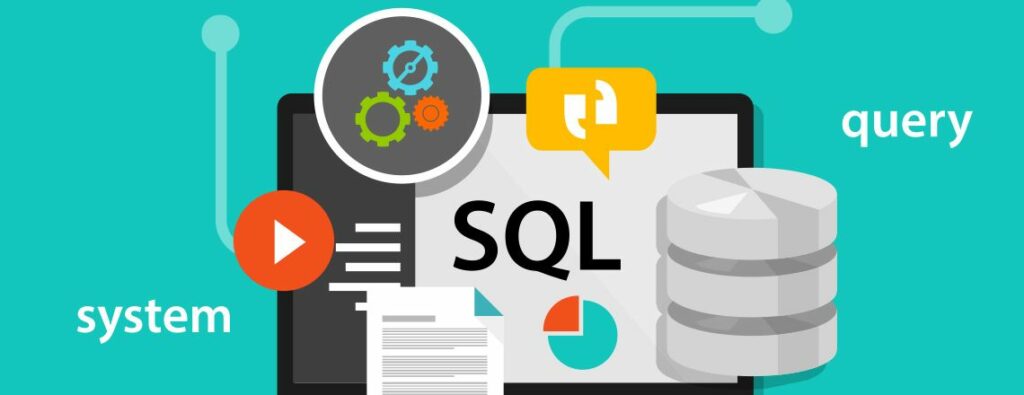
Free eBooks for Beginners
SQL (Structured Query Language) is an essential tool for data analysts, as well as anyone who works with databases. Whether you’re new to SQL or have been working with it for a while, it’s important to understand the importance of clean and well-structured code. Clean code in SQL can help you to write more efficient and effective queries, and can help you to avoid common mistakes and pitfalls.
So, what does clean code in SQL look like? There are several key characteristics of clean code in SQL, including:
Consistent formatting: Clean code in SQL is consistently formatted, making it easier to read and understand. This can include things like using indents, spacing, and capitalization in a consistent manner, as well as using meaningful and descriptive names for tables, columns, and other database objects.
Clear and descriptive comments: Clean code in SQL includes clear and descriptive comments that explain what the code is doing. This can help you to understand the purpose of your code, and can also help others who are working with the same code to understand it more quickly and easily.
Efficient use of data structures: Clean code in SQL makes efficient use of data structures, such as tables, columns, and indexes. This can help to optimize the performance of your SQL statements and to minimize the amount of time it takes to execute them.
Avoiding redundant code: Clean code in SQL avoids redundant code, making it easier to maintain and update. This can help you to save time and effort, and can also help you to avoid making mistakes that can result in incorrect results or other errors.
Avoiding hard-coded values: Clean code in SQL avoids hard-coded values, instead using variables or other dynamic data structures that can be updated as needed. This can help you to write more flexible and scalable code, and can also help you to avoid having to make changes to multiple parts of your code when you need to update a value.
In conclusion, clean code in SQL is an essential part of working with databases. Whether you’re a beginner or an experienced data analyst, taking the time to learn about clean code practices and to implement them in your SQL statements can help you to write more efficient and effective queries, and can help you to avoid common mistakes and pitfalls. With a bit of practice and patience, you’ll soon be able to write clean and well-structured SQL code that is easy to understand and maintain.
SQL for Beginners and Data Analyst – Chapter 61: Clean Code in SQL
 Loading...
Loading...
Disclaimer: The information and code presented within this recipe/tutorial is only for educational and coaching purposes for beginners and developers. Anyone can practice and apply the recipe/tutorial presented here, but the reader is taking full responsibility for his/her actions. The author (content curator) of this recipe (code / program) has made every effort to ensure the accuracy of the information was correct at time of publication. The author (content curator) does not assume and hereby disclaims any liability to any party for any loss, damage, or disruption caused by errors or omissions, whether such errors or omissions result from accident, negligence, or any other cause. The information presented here could also be found in public knowledge domains.